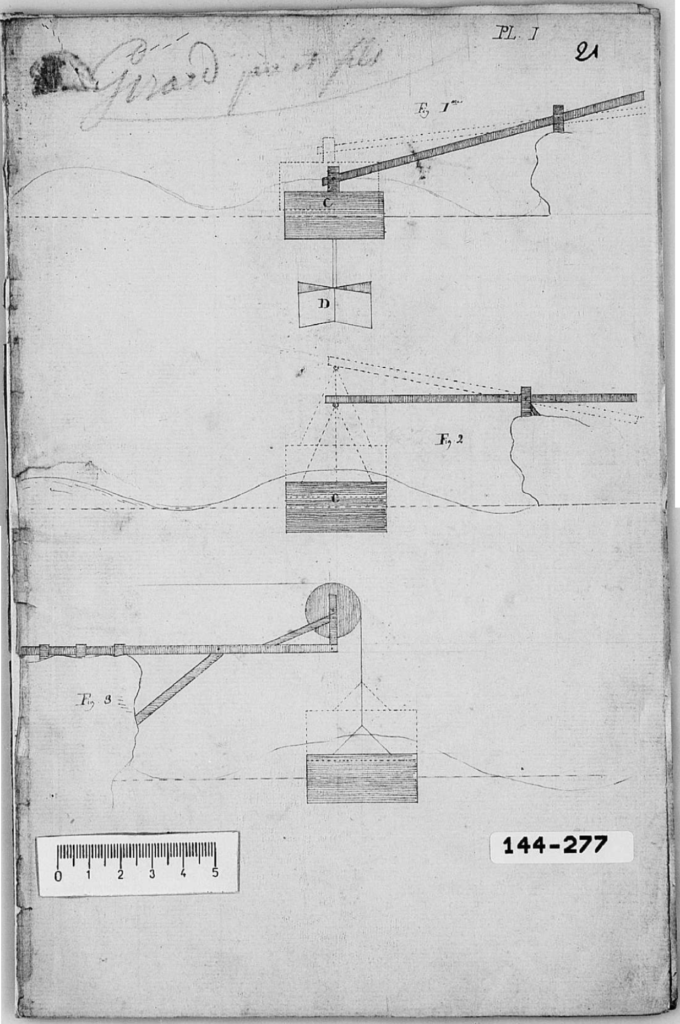17/11/2021
Interest in the renewal generation of ocean energy, that is, converting energy of the ocean into useful electricity, has been lower than the interest in more mature renewable technologies such as solar panels and wind turbines. This is perhaps because ocean energy technologies have not yet been deployed at a relevant scale. Nevertheless, as anyone who has ever been knocked over by a wave, or tried to swim against an ocean current, can attest, the ocean is a vast reservoir of energy. Current estimates predict that ocean energy technologies could generate between 20,000 TWh and 80,000 TWh of electrical energy, which is up to four times the current global electricity demand (see here).
Ocean energy technologies may broadly be separated by the source of ocean energy they attempt to convert: surface wave; tidal current; tidal range; deep ocean currents; ocean thermal gradients; and salinity gradients. As will be apparent, a large range of technologies is required for each of these sources of ocean energy. Indeed, some of these technologies are much older than one would expect.
The first patent for an ocean energy technology appears to date back to 1799, and was granted in France (Patent No. 1BA110) to Pierre-Henri-Joseph De Girard and Philippe-Henry De Girard for “Divers moyens d’employer les vagues de la mer comme moteurs” (Various ways of using the waves of the sea as engines), i.e. a surface wave converter. A copy of this patent is available for inspection on this French patent office website (see here).

As can be seen from Figure 1 above, De Girard’s patent relates to a simple contraption having a float (C) attached to a lever, the float extending into the ocean and being lifted up by surface waves to create a motion of the lever to do work.
The following image is from US416,972, a patent filed 100 years after De Girard’s patent, in 1899, relating to an apparatus which uses surface wave energy to compress air and use that compressed air as an energy source for doing work. Clearly, this apparatus was more complex than De Girard’s simple contraption, but still lacked the efficiency to be widely commercialised.

Developments continued in the first half of the 20th century in an attempt to improve efficiency. Parsons was granted US patent US1,930,958 in 1933 for a wave motor which aimed to “improve the efficiency of this type of apparatus”, which used the energy of surface waves to store accumulated water under pressure, which was then used to generate electricity. This type of wave motor was actually commercialised by the Parsons Ocean Power Company (see here).

Nowadays, several promising principles are used for wave energy conversion, including oscillating water columns (using waves to create air pressurisation which drives a rotor), overtopping devices (providing a reservoir to create a water elevation difference to drive hydro turbines), and wave absorbing devices (using floats, the movements of which drive hydraulic systems). Some prototype models of oscillating water column devices have reported efficiencies of up to 40%, and some wave absorbing devices have reported efficiencies closer to 60%, although the exact efficiencies of wave energy devices are difficult to calculate.
This article is for general information only. Its content is not a statement of the law on any subject and does not constitute advice. Please contact Reddie & Grose LLP for advice before taking any action in reliance on it.


